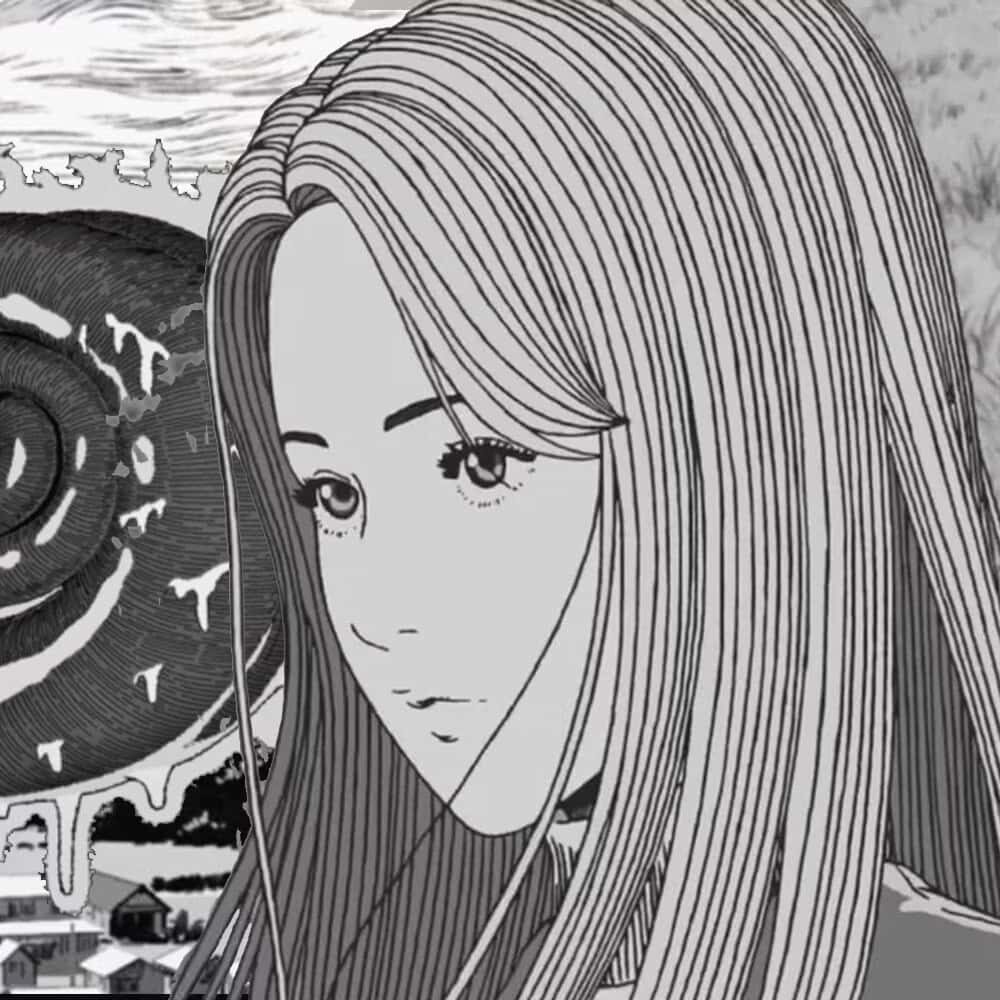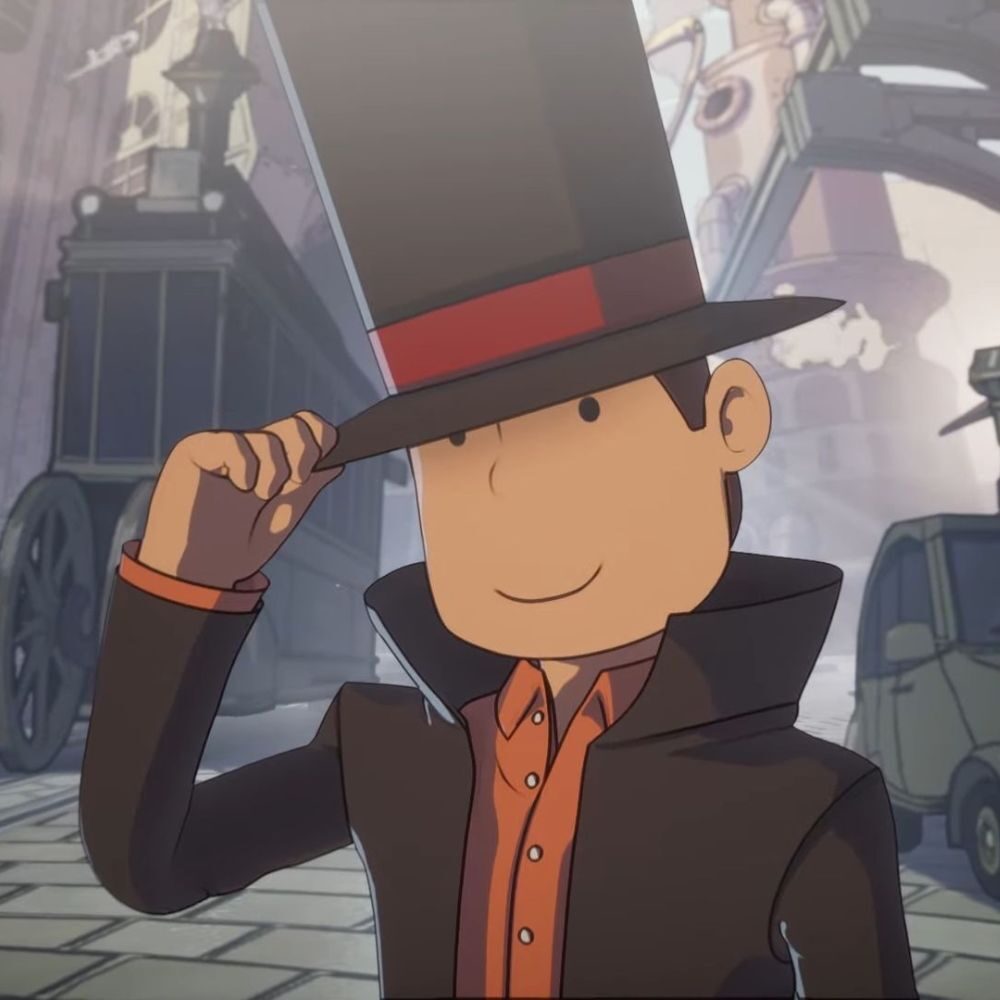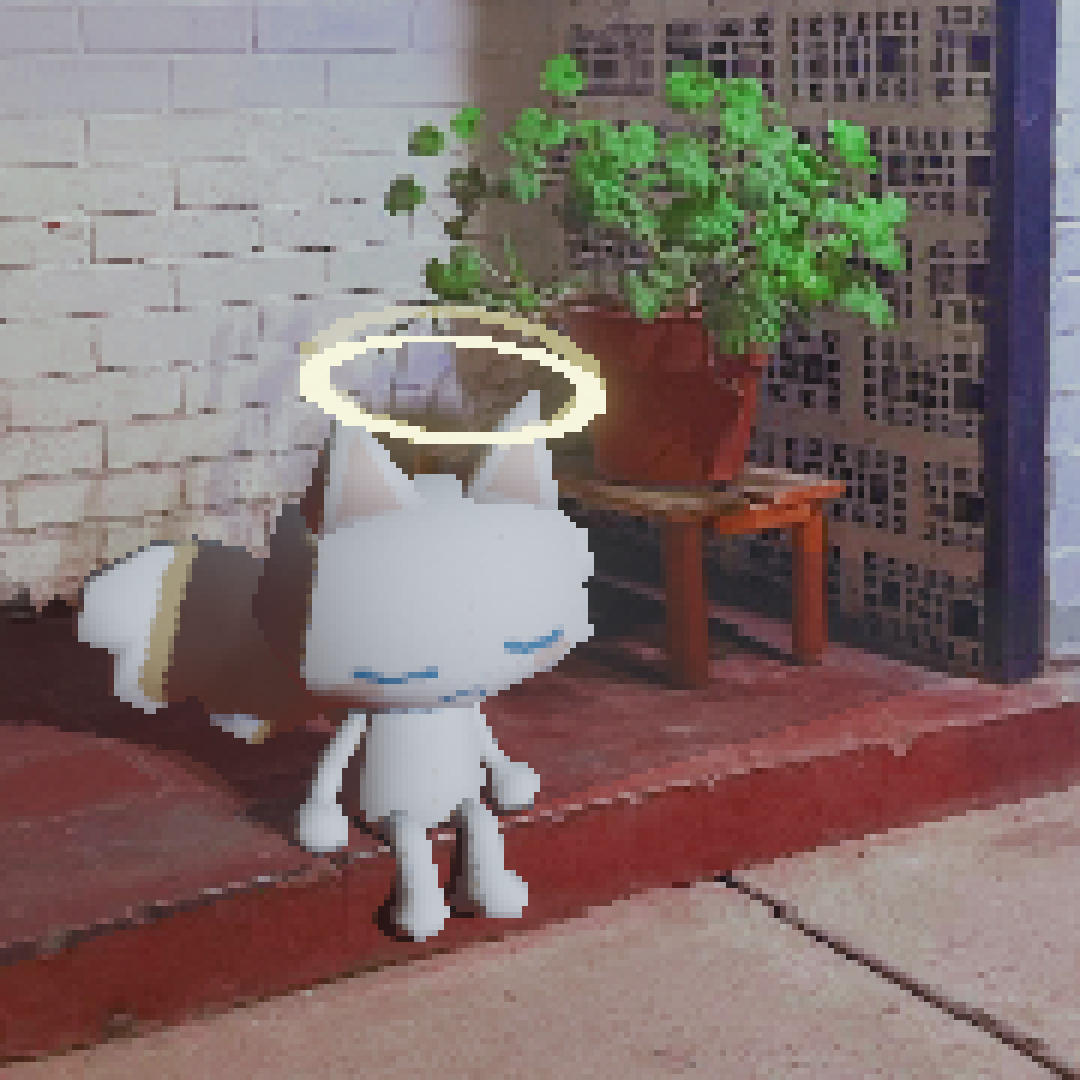There’s a certain magic in the moment when a foreign language starts to make sense—when random sounds and symbols begin to form meaning, creating connections where there was once confusion. This feeling is at the heart of Chants of Sennaar, a beautifully crafted puzzle game that uses language as its core mechanic. After spending time in Corsica with family who speak only French, I’ve been noticing how much of my own experience in trying to learn French reflects the journey players take in Chants of Sennaar. You struggle to decode unfamiliar symbols, but the payoff when you understand even just a piece of the puzzle is immense.
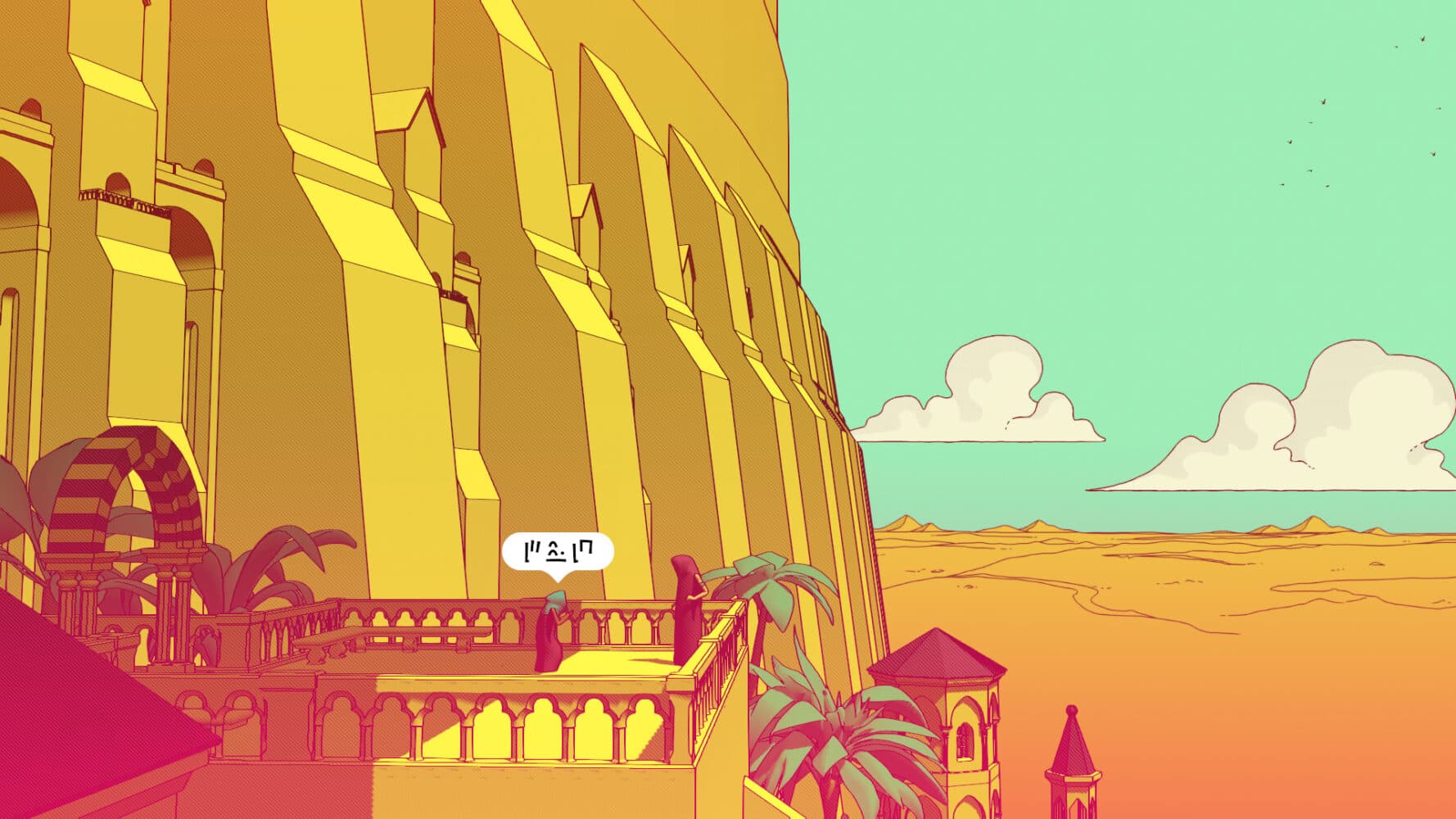
In Chants of Sennaar, you climb a tower inspired by the myth of Babel, navigating through various societies, each with its own language. The brilliance of the game lies in how it approaches language as both puzzle and story. As you progress through the levels, your main goal is to decipher the languages of these different societies, bridging the gap between them and bringing people together in a world divided by misunderstanding. It’s a compelling parallel to the real-world experience of learning a new language, where every conversation becomes an exercise in understanding and translation.
From the start, the game immerses you in this fragmented world, where people can’t communicate because of the divide between languages. Every time you walk into a new area and encounter a new language, you can’t help but feel a little disoriented. This confusion is intentional and cleverly mirrors the very real frustration of not understanding a language in the world around you. It feels a lot like being in a foreign country, standing in the middle of a conversation and only catching one or two familiar words. But, as in real life, the game offers the thrill of progress as those unfamiliar words gradually start making sense.
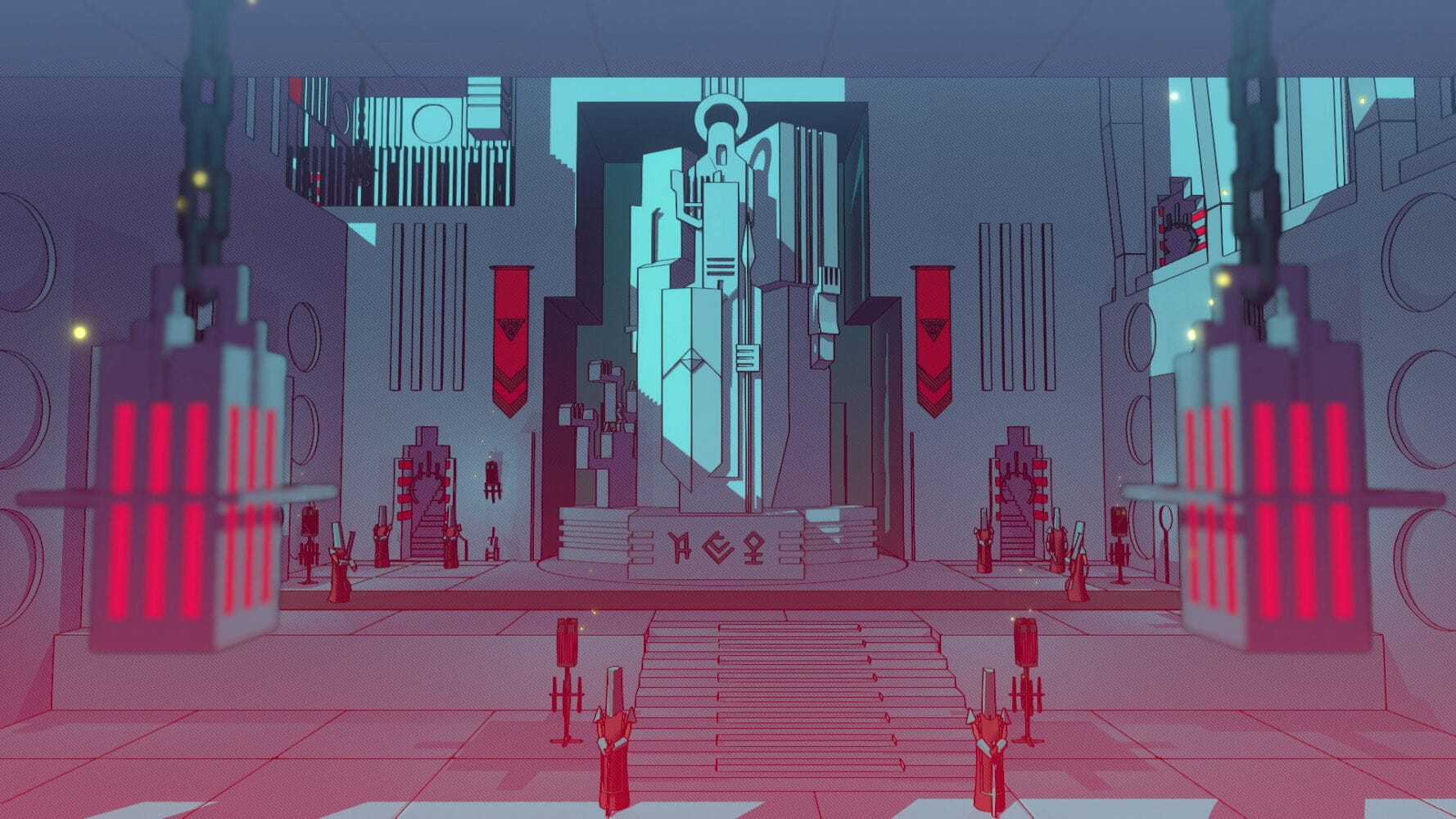
___STEADY_PAYWALL___
Visually, Chants of Sennaar is a minimalist delight. Its clean, angular art style, combined with warm, earthy tones, creates an inviting world that feels both ancient and modern. The environments you explore are layered with cultural details, from the clothing of its inhabitants to the architecture of their surroundings, and each society is distinct, giving you a real sense of place as you navigate through the tower. The design of the tower is symbolic of division and hierarchy, with each society existing in isolation, disconnected from the others due to their language barriers.
The tower itself is an architectural marvel, every corner brimming with secrets and lore, much of which you can only truly appreciate once you begin understanding the different languages. There’s something so satisfying about revisiting a previously explored area, armed with your new linguistic knowledge, and seeing it in a completely different light. It’s as if the world around you evolves alongside your understanding, making exploration feel dynamic and rewarding.
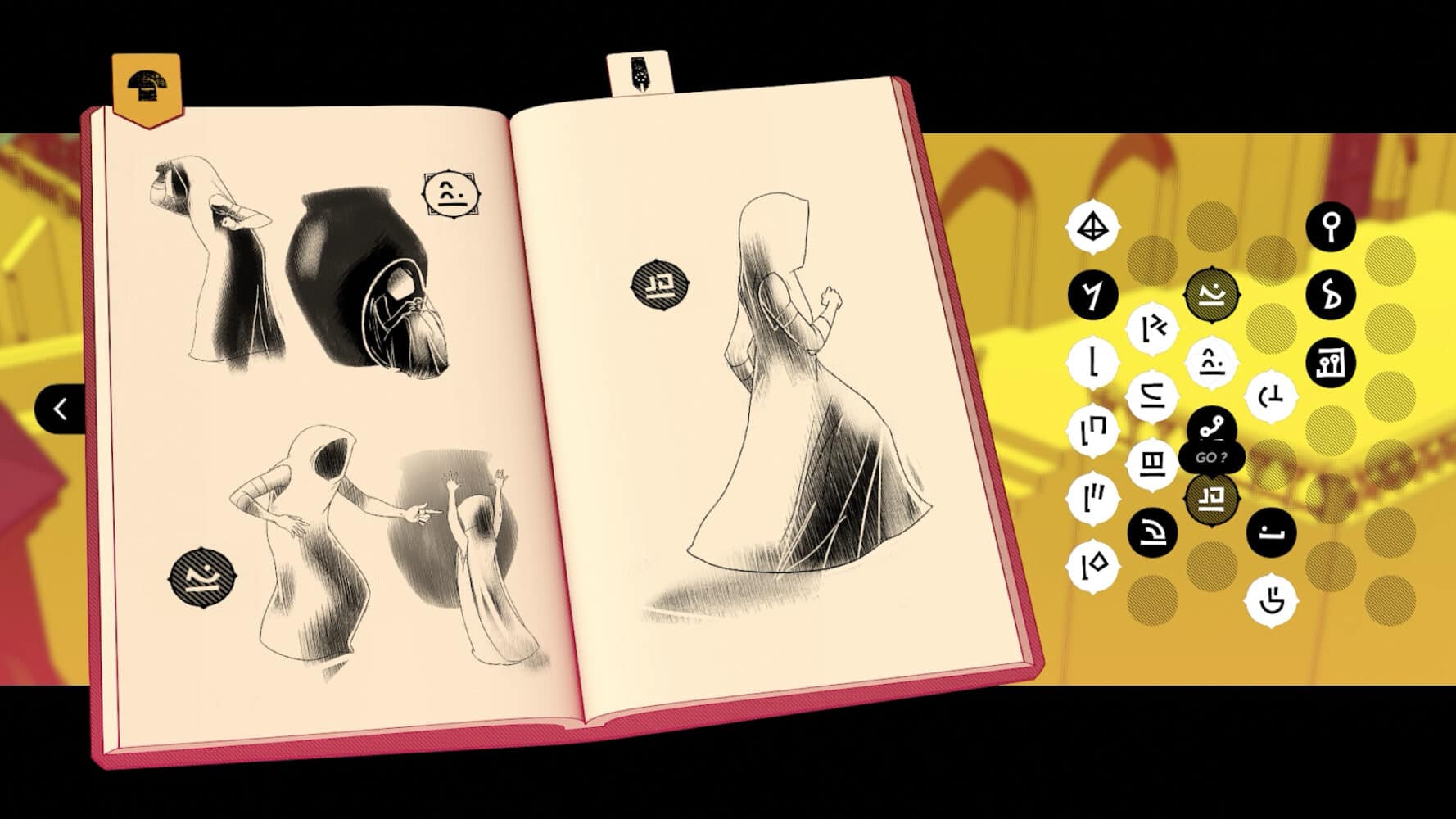
What’s particularly impressive is how the game doesn’t hand you translations or tutorials—instead, it lets you intuit the meaning of glyphs through context. You’re placed in situations where you observe how characters react to certain symbols, or you spot glyphs repeated in signage and conversations. This process of piecing things together is gradual, methodical, and completely organic. There’s no rush, and the game never holds your hand, which makes the eureka moments feel even more rewarding. Like when you finally pick up on an everyday French phrase after hearing it over and over again—it feels like an achievement that goes beyond just solving a puzzle.
This intuitive learning style is where Chants of Sennaar truly shines. The game doesn’t just want you to solve puzzles; it wants you to understand, to truly connect with the languages and the people who speak them. The notebook system, which allows you to track your discoveries and guesses for glyph meanings, becomes your personal Rosetta Stone. It feels a lot like the real process of learning a language: you jot down what you think certain words mean, you cross out what doesn’t work, and you refine your understanding bit by bit. There’s a learning curve, but it’s the kind that rewards patience, curiosity, and paying close attention to detail.

In many ways, Chants of Sennaar feels more like an experience than a traditional game. It’s meditative, slow-paced, and deeply intellectual, giving players time to reflect on the nature of language and communication. The ambient music heightens this feeling, with its soft, calming tones lulling you into a trance-like state as you explore the tower. The soundtrack blends seamlessly with the visual design, creating an atmosphere that feels almost spiritual. It’s as if you’re a pilgrim on a sacred quest to bridge the divide between cultures.
That said, Chants of Sennaar isn’t without its challenges. The language-based puzzles are undoubtedly the star of the show, but there are moments when the game veers into more traditional puzzle mechanics—such as unlocking doors, activating mechanisms, or navigating mazes. While these puzzles are well-executed, they sometimes feel like a distraction from the game’s true focus: its language mechanics. The stealth sections, in particular, where you must disguise yourself to blend in with NPCs, offer some variety but can feel jarring when compared to the otherwise contemplative pace of the game. Though not unwelcome, these segments can disrupt the flow and tone, pulling you out of the reflective headspace that the rest of the game fosters.
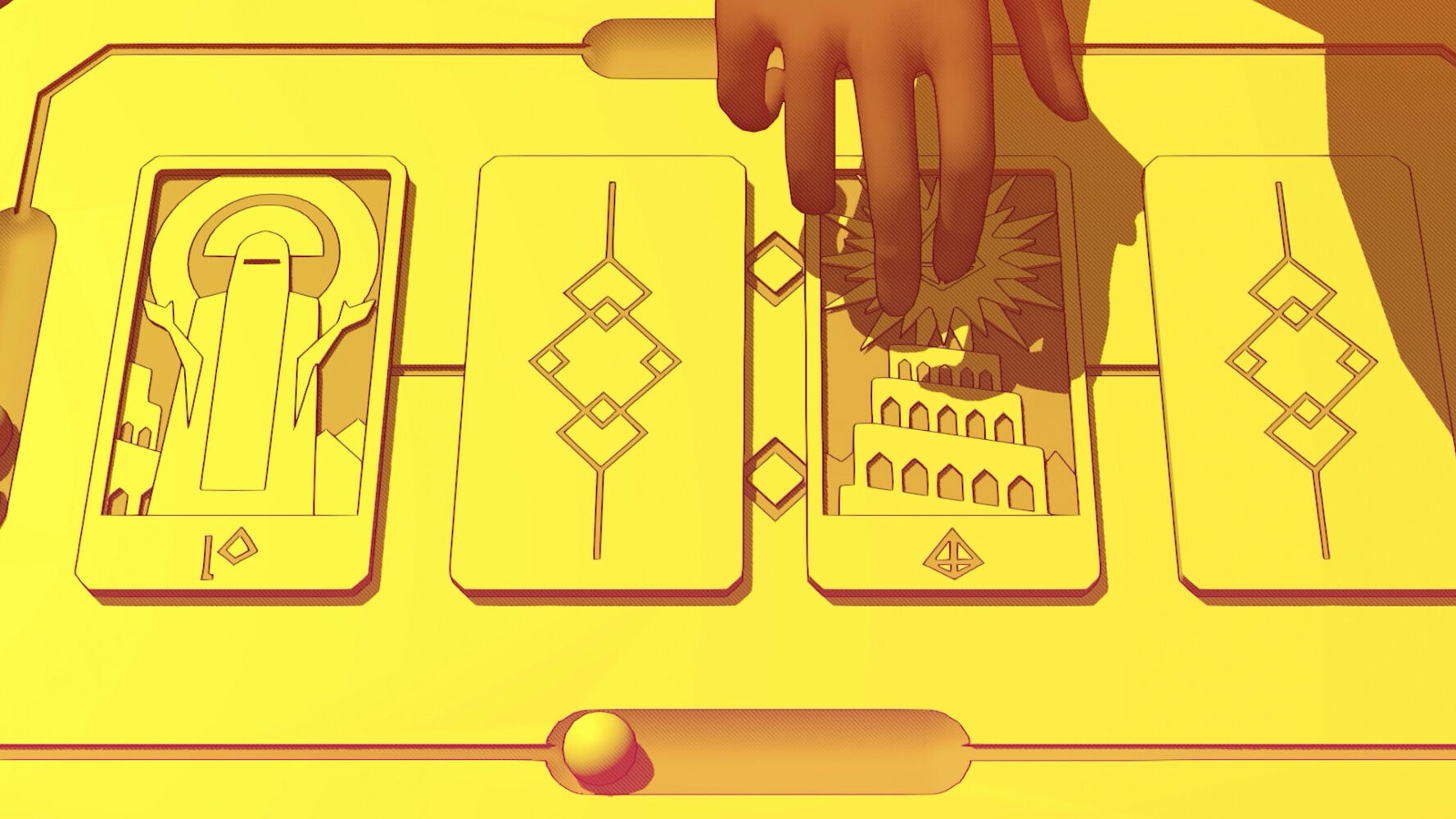
Still, even these sections serve a thematic purpose. The stealth mechanics subtly highlight the idea of trying to fit in when you don’t fully understand the world around you. Much like how I’ve found myself navigating social situations in Corsica, where I might know just enough French to get by but still feel like an outsider, these moments in Chants of Sennaar evoke a similar sense of unease. You know you’re not fully integrated, but you’re doing your best to blend in and not stand out.
Thematically, the game’s exploration of language goes beyond mere translation. Chants of Sennaar delves into the deeper aspects of communication, asking us to consider how language shapes our understanding of the world and each other. The game posits that language is not just a tool for communication but a fundamental way of seeing and interacting with the world. Each society within the tower has its own culture and belief system, and the way they speak reflects that. As you learn more of each language, you start to grasp the nuances of these societies—not just what they’re saying but how they think and what they value.
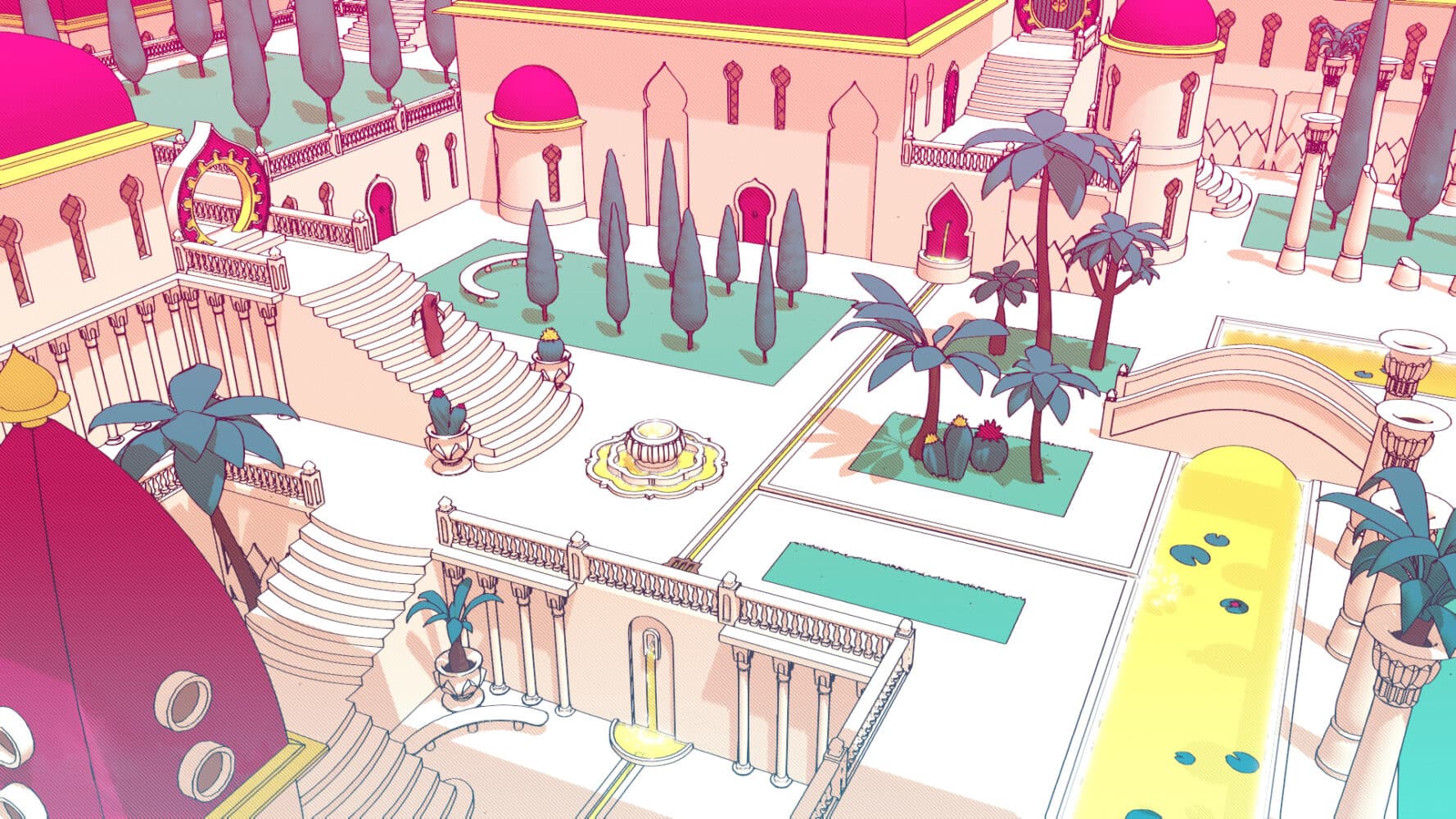
It’s a reminder that language is more than words; it’s context, tone, gesture, and culture, all wrapped into one. And in Chants of Sennaar, understanding a new language means unlocking a whole new worldview. This sense of discovery parallels the experience of learning a language in real life—how understanding not just the grammar but the context of words can deepen your connection to a culture. This was something I’ve been experiencing myself while slowly grasping bits of Corsican French, realising that language is much more than literal translation—it’s about learning how people express themselves and the underlying meaning behind their words.
Despite its ethereal atmosphere and quiet pace, Chants of Sennaar manages to feel urgent in its messaging. The game subtly suggests that understanding one another—across language, culture, and belief systems—is key to breaking down the barriers that divide us. The myth of Babel is a perfect backdrop for this concept, as the game turns that story of division into one of unity. As you progress through the tower, unifying the societies within it by bridging their linguistic divides, you feel a profound sense of accomplishment—not just for solving puzzles but for fostering connection.

For those who enjoy games that challenge not just your mind but your perception of the world, Chants of Sennaar is an absolute must-play. It’s a game that dares to be slow, that asks you to pause and think, and that rewards you for doing so. It’s a cerebral, thoughtful experience that lingers long after you’ve put down the controller, much like the lasting impression of a foreign phrase you’ve finally come to understand.
Ultimately, Chants of Sennaar is a testament to the power of communication and the beauty of learning. It asks us to consider the value of patience, of persistence, and of the connections we make when we truly listen and understand. In a world that often feels fragmented, this game feels especially timely, offering a quiet reminder that language, in all its forms, can bring us together.
Enjoyed this story? Support independent gaming and online news by purchasing the latest issue of G.URL. Unlock exclusive content, interviews, and features that celebrate feminine creatives. Get your copy of the physical or digital magazine today!



